What Happens After the Audit Is Completed? Navigating the Next Steps in Social Compliance
Completing a social compliance audit is a significant milestone for any business committed to ethical and sustainable practices. However, the audit is just one part of the journey. What happens after the audit is equally, if not more, important. This post will explore the critical steps that follow the completion of a social compliance audit, helping your company move from assessment to action and ensuring continuous improvement.
Introduction: The Importance of Post-Audit Actions
A social compliance audit provides a thorough evaluation of your company’s adherence to ethical standards, covering areas such as labor practices, environmental responsibility, and overall business ethics. While the audit itself is crucial for identifying strengths and areas for improvement, the real work begins once the audit is completed. Post-audit actions are essential for addressing any issues uncovered during the audit and for demonstrating your company’s commitment to ongoing compliance and improvement.
Step-by-Step: What Happens After the Audit Is Completed
After the audit, your company will receive a detailed report outlining the findings. This report will serve as a roadmap for the next steps. Here’s what typically happens:
1. Reviewing the Audit Report
The first step after the audit is to thoroughly review the audit report provided by the auditing firm. This report will include:
- Summary of Findings: An overview of the key findings, highlighting areas of compliance and non-compliance.
- Detailed Observations: Specific details about any issues identified, including documentation of the audit process and evidence supporting the findings.
- Recommendations: Suggested actions to address non-compliance and improve overall practices.
Practical Tip: Assemble a team of key stakeholders, including management, compliance officers, and relevant department heads, to review the report together. This collaborative approach ensures that all parties understand the findings and are aligned on the next steps.
2. Developing a Corrective Action Plan (CAP)
Based on the audit report, the next step is to develop a Corrective Action Plan (CAP). The CAP outlines the steps your company will take to address any issues identified during the audit. This plan typically includes:
- Prioritization of Issues: Determine which issues are most critical and require immediate attention. This prioritization should be based on the severity of the non-compliance and its potential impact on your business and stakeholders.
- Specific Actions: Clearly define the actions needed to correct each issue. This may involve revising policies, improving training programs, upgrading facilities, or making changes to supplier relationships.
- Timelines: Set realistic deadlines for completing each action item. Timely resolution is essential for maintaining compliance and minimizing any potential risks.
- Responsibilities: Assign responsibility for each action item to specific individuals or teams within the organization. Clear accountability ensures that corrective actions are implemented effectively.
Real-World Application: A manufacturing company that discovers safety violations during an audit might develop a CAP that includes upgrading safety equipment, retraining staff on safety protocols, and scheduling regular safety inspections moving forward.
3. Implementing Corrective Actions
Once the CAP is developed, it’s time to put it into action. Implementing corrective measures is a crucial step in the post-audit process and involves:
- Resource Allocation: Ensure that sufficient resources—whether financial, human, or technological—are allocated to support the implementation of corrective actions.
- Training and Communication: Provide training and communication to employees, suppliers, and other relevant stakeholders to ensure that everyone understands the new or revised procedures and their roles in maintaining compliance.
- Monitoring Progress: Regularly monitor the implementation of corrective actions to ensure that they are being completed on time and are effectively addressing the identified issues.
Practical Tip: Use project management tools or software to track the progress of corrective actions. This can help keep the implementation process on schedule and provide transparency across the organization.
4. Follow-Up Audits
In many cases, a follow-up audit is conducted after the implementation of corrective actions. This follow-up audit serves to:
- Verify Compliance: Ensure that the corrective actions have been successfully implemented and that the company is now in compliance with the relevant standards.
- Assess Ongoing Risks: Identify any remaining risks or new issues that may have emerged since the initial audit.
- Continuous Improvement: Provide additional recommendations for further improving social compliance practices.
Example: A company that addressed non-compliance issues related to labor practices might undergo a follow-up audit to confirm that new policies are being followed and that employees are working under improved conditions.
5. Documentation and Reporting
After the corrective actions and any follow-up audits are completed, it’s important to document the entire process. This includes:
- Maintaining Records: Keep detailed records of all actions taken, including changes to policies, training materials, communication with stakeholders, and results of follow-up audits.
- Reporting to Stakeholders: Share the outcomes of the audit and corrective actions with relevant stakeholders, including investors, customers, and employees. Transparency in reporting can help build trust and demonstrate your company’s commitment to ethical practices.
Practical Tip: Consider creating a summary report that highlights the key findings from the audit, the actions taken to address them, and the results of any follow-up audits. This report can be used in sustainability reports or shared with customers and partners to showcase your commitment to social compliance.
The Path to Continuous Improvement
A social compliance audit is not just a one-time event—it’s part of an ongoing process of maintaining and improving ethical standards within your business. By effectively managing the post-audit steps, your company can address any issues identified during the audit, ensure compliance with industry standards, and build a stronger, more sustainable business.



